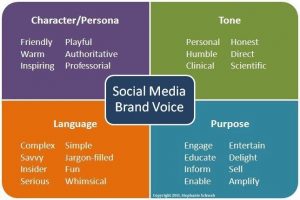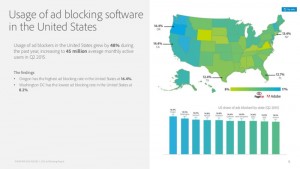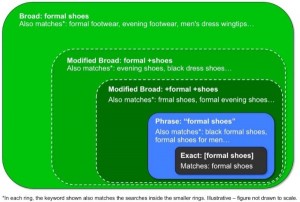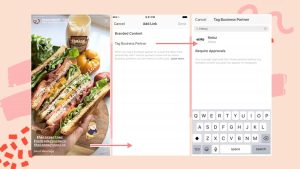When it comes to metrics, we all know how important they are. On LinkedIn, it’s exactly the same. Here are 10 you should be tracking.
![]()
If you’re on LinkedIn, you should be posting and creating on a daily basis right now. It used to be the case that people would argue that LinkedIn was all about the slow and steady approach. Not anymore. LinkedIn has become so dynamic and downright exciting that it makes more sense to keep up a high level posting schedule and to think about reach and engagement on a regular basis. But it’s not just about posting, and with all social media platforms you do need to think about metrics that need tracking. LinkedIn is no different.
But which metrics do we track? We thought we’d go through a list of ten key metrics that you should be looking at if you want to get the most out of your LinkedIn experience.
Impressions
This is a key metric that simply cannot be ignored. It gives you a view of the number of times your updates reach your audience. This is literally the number of posts in front of eyeballs. But rather than just thinking about it as the number of views, bear in mind that knowing the number of impressions means that you get a good idea of how much your content resonates with your audience.
Brand mentions
Another key metric, mentions shows that you are actually having an impact with someone. If they share your post or just tag your brand, you are at least safe in the knowledge that you have made an impact.
Profile views
This is an important one, in that it means that the person who is actually viewing your profile is most likely someone who has some relevance to what you do. It may well not be someone you can market to (it happens), but it at least shows that you have some relevance in a person’s view, and that this has legs when it comes to thinking about building relationships and networking.
Profile views are underrated, especially if you get a lot of them. But digging deeper shows you the impact your work and your brand has.
Engagement
This is broken down into a number of distinct areas. Likes and comments are a big part of your engagement, so it is well worth knowing how it is going in this respect. Pulling together a report on engagement metrics means that you can see which posts and interactions are actually resonating with an audience. It makes a huge difference to your overall strategy, and can pay off massively as you develop.
Once you have a good idea of what is working with regards to engagement, you can develop an understanding of the patterns. And then you can simply repeat more of what works.
Comments
We have to come back to comments, because the single most important thing about comments from a marketing perspective is that they lead to posts being prioritised. It has been proven that if a post has plenty of comments, then it will be pushed up higher in a person’s feed than one that doesn’t.
Bearing that in mind, having a post that has a number of comments means that you are doing well. It also means that your content is going to be seen by more people. On top of all of that, you also have the comfort of knowing that your content is meaningful to people, which pushes you towards being a more trusted brand.
Messages
Ok, sometimes we get messages through LinkedIn that do not have a lot of relevance for us. That’s a given on social media. But sometimes you get messages that have real resonance, and even contain opportunity.
With regards to messages as a metric, try focusing on changing your bio every now and then. This goes some way to reshaping the algorithm in your favour, and can mean more messages as well as more engagement. People will see you ‘again’ if your bio changes, so it is well worth doing that from time to time. The more messages, the more you are being noticed.
Followers
Yes, followers. This is the oldest metric in the book across all platforms, but it is still incredibly relevant on LinkedIn. On LinkedIn, you can reach a lot of people quickly. Organic reach is still good reach on the platform.
The more followers you have the more likely you are to show up in a feed. This means more reach and ultimately more engagement.
Referral traffic
This is an interesting one, but it makes perfect sense when you look at it objectively. If you are actually gaining referral traffic to your website or offering via LinkedIn then you are doing something right. People are enjoying your work on LinkedIn so much they are coming through to your online real estate with a view to finding out more or engaging further in some way. And that’s a real metric that shows value.
Number of unique visitors
If someone new visits your page in a certain time period, it means that they have brought more exposure. More importantly, it shows you how many people have come to you from new audience segments.
Leads generated
Finally, we are looking at the number of leads generated. It doesn’t matter if they are paid leads or organic leads (ok, well it does, but you know what we mean), but if you are in a situation where you have a steady stream of leads coming through via the platform, you are on to a winner.
Leads are what it’s all about. If your ad spend and your organic is producing leads, you are using LinkedIn well and effectively. It’s a metric that, essentially, holds more weight than all the others.
Digital & Social Articles on Business 2 Community
(41)







